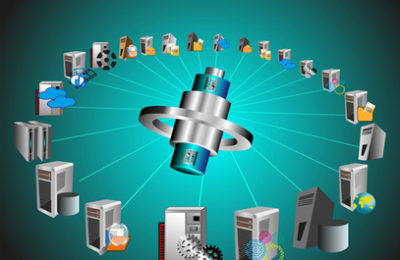The Evolving Role of the Higher Ed CIO

If you?ve worked in IT for any length of time, especially in the field of higher education, then you know that it wasn?t too long ago that CIOs had a very different job.
There was no cloud. There was no SaaS. There were no smartphones and tablets, and no wifi.
There were on-campus email servers to worry about. There was software to install, and hardware to purchase. There were updates to perform manually, and emergency maintenance to be done when something went wrong.
But as technology has evolved, so has the role of the CIO. No longer saddled with maintaining a massive on-campus computing infrastructure, CIOs in higher ed today have more time to focus on innovation, vision, and strategy in their schools? use of technology. More time to work out how best to utilize tech to support the mission of their institutions ? namely, the success of their students. And more time to think about and prepare their schools for whatever disruptive new developments may emerge in the future.
But planning for the future is no mean feat, considering the tendency of new technology to take a completely different direction from the one predicted. After all, while the experts were all promising us flying cars (I used to watch The Jetsons and think I’d never drive a car with wheels!) and hoverboards, the internet was quietly being developed.
So what?s a CIO to do? The way we see it, there are three parts to a prudent, forward-looking IT plan.
1. Get your priorities straight.
New technology is exciting, and taking advantage of that excitement and buzz can seem like a clever way to attract students and project a modern sensibility. But as any educator will tell you, some tech simply isn?t useful in the classroom, and some causes more hassles than it removes. That?s why it?s vital to set out your department?s priorities and align them with those of your school. That way, any new technological developments can be considered in light of what?s truly important to faculty and administration alike, whether they?re new apps or hoverboards or something in between.
2. Stay agile.
Sooner or later, there will be another innovation just as world-changing as the internet. Should you wait to see whether it catches on before jumping on board? Of course. Should you wait so long that it?s old news? Definitely not. Create a department – and a school – agile enough to take advantage of every new opportunity when the time is right. It?s as much about mindset as it is about infrastructure.
3. Plan for the expected.
In the meantime, it?s prudent to expect more new and improved versions of the same tech we have today. And since those are the innovations we?ll be dealing with most in the foreseeable future, it just makes sense to arrange your school?s technology set-up in a way that will most easily accommodate new additions over the years.
This is where the N2N Integration Cloud comes into play. Most educational institutions link their various apps, programs, and platforms together via a complex web of individual connections, linking each one to every other one.
The NIC unravels that tangled web and allows schools to integrate any and all systems and applications they use, whether legacy on-premises programs or brand new SaaS apps, through one central hub. Each program has only one connection to deal with ? its connection to that hub. Within the hub, data is instantly translated and transmitted to all other programs for seamless integration. And any time a new app or program needs to be added, it?s as simple as linking it up to that same hub – no more complex additions to the web.
Today?s smart CIO expects the unexpected ? but prepares for the expected, as well. Contact N2N Services today for more information about how we can help you get ready for the future.


